Significance of Kenwood
The collections at Kenwood, as well as the architecture and interiors of Robert Adam, are of great historical value and cultural significance. Since 1928 generations of visitors have enjoyed free access to both house and estate by virtue of the Iveagh Bequest.
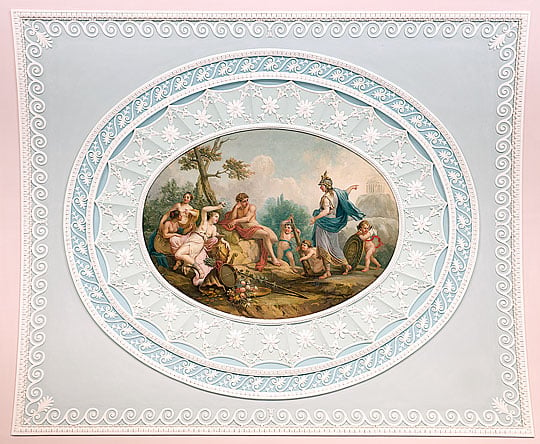
The work of Robert Adam
The house is the first complete example of the mature style of the Scottish neoclassical architect Robert Adam (1728–92). His family were the dominant architects in London in the late 18th century and he was renowned for his designs for country houses. The most important aspects of Adam’s work at Kenwood are the south elevation and the interior of the ‘Great Room’ or library.
These helped to herald Adam’s ‘revolution’ in design that brought into being the ‘Adam style’, a movement of international significance, using a vocabulary of decorative motifs partly inspired by the domestic architecture of ancient Rome, as opposed to the public buildings that influenced the Palladian style.
The library in particular, with its neoclassical form, decorative frieze and ceiling paintings by Antonio Zucchi, is one of Adam’s greatest interiors, and has assumed a new importance as such following the recent extensive paint analysis and the restoration of Adam’s original decorative scheme.
The three other main surviving Adam interiors at Kenwood – the entrance hall, Great Stairs and antechamber – are also of national significance as examples of his work. Although altered, they retain considerable fabric and character from Adam’s time and constitute the main sequence of interiors planned by the architect, leading from the north entrance to his grand library.
Adam’s design for the ceiling in the entrance hall and the planning of the screen in the antechamber are good examples of the ingenuity that he brought to his interiors. The fact that he devoted the whole of the second part of his publication The Works in Architecture of Robert and James Adam to Kenwood indicates its value to him in the history of his work.[1]
Furniture
Despite the loss of the original contents, which were sold in 1922, several pieces of furniture designed by Robert Adam to complete his decorative schemes have been reacquired for their original locations at Kenwood.
The south (window) elevation of the library, for example, has the original pier glasses and one of the original window seats (made by William France), all designed by Adam. Two of the original four benches located in the ‘Vestibule’ (today the ante-chamber) in the inventory of 1796, and described as ‘4 carv’d wh.[ite] painted long stools, loose seats in blue leather’ have been bought back (with the assistance of the Art Fund), as well as the sideboard table, pedestals and wine cistern (see Sources for Kenwood).
Other items of furniture have been acquired from Adam houses contemporary with his work at Kenwood, including the suite of seat furniture from Sir Lawrence Dundas’s house at Moor Park in Hertfordshire.
Paintings Collections
Kenwood is home to the finest collection of Old Master paintings given to the British nation in the 20th century. Under the terms of the Iveagh Bequest, the paintings displayed at Kenwood guarantee its role as a free public art gallery.
The 63 paintings can be divided into distinct groups. The first and largest group comprises British portraits of the second half of the 18th century, including Thomas Gainsborough’s Mary, Countess Howe, and works by Sir Joshua Reynolds and George Romney.
The second group consists of major paintings of international standing, predominantly drawn from the 17th-century Dutch and Flemish schools. Some works, including Rembrandt’s self-portrait (c 1665) and Johannes Vermeer’s The Guitar Player (c 1672), are among the finest paintings by their respective artists.
There is also a small group of French paintings of the Rococo period. In addition, the Suffolk Collection, historically associated with Charlton Park in Wiltshire, is a nationally significant collection of 17th-century paintings, which has been displayed on the first floor of Kenwood since 2001.
Footnote
1. R Adam and J Adam, The Works in Architecture of Robert and James Adam, vol 1, part 2 (London, 1774; accessed 11 October 2013).
More about Kenwood
-
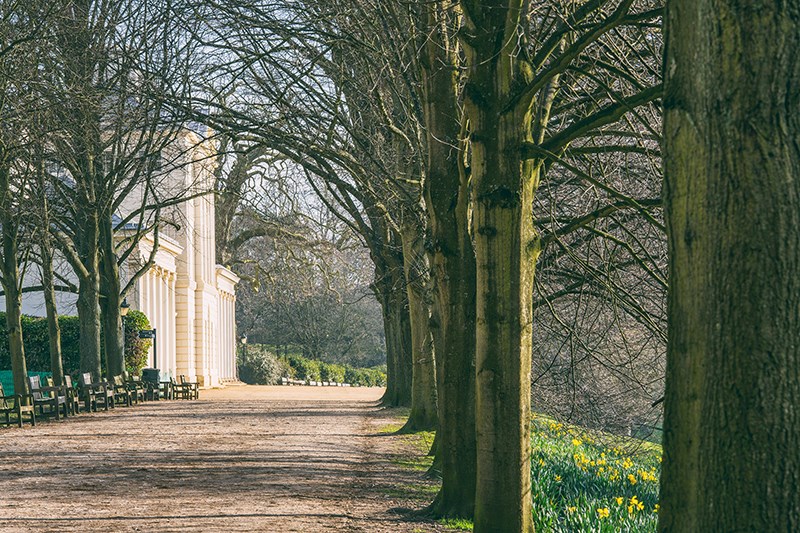
VISIT KENWOOD
Kenwood’s breathtaking interiors, world-class art collection and glorious parkland are free for everyone to enjoy.
-
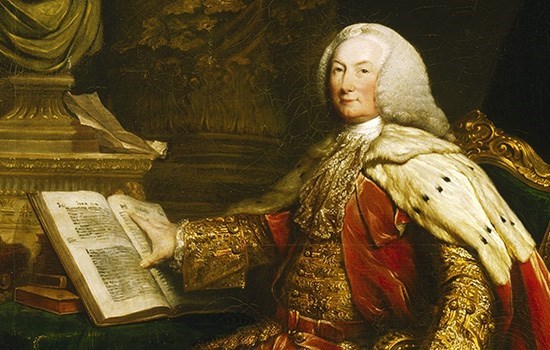
History of Kenwood
Discover Kenwood’s history, from its 17th-century beginnings to the recent restoration of its Georgian grandeur.
-
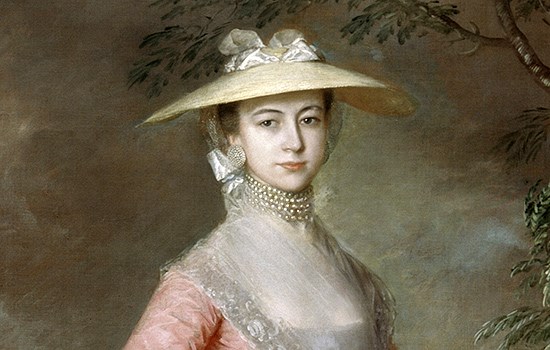
KENWOOD COLLECTION HIGHLIGHTS
Explore highlights from the collection, including paintings by Rembrandt, Vermeer, Van Dyck and Turner.
-
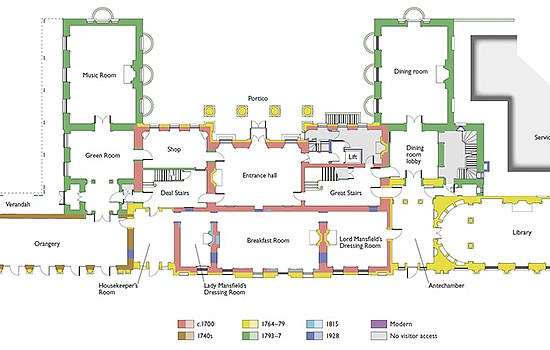
Download a plan of Kenwood
Download these floor plans to explore in detail how the villa at Kenwood has been altered over time.
-
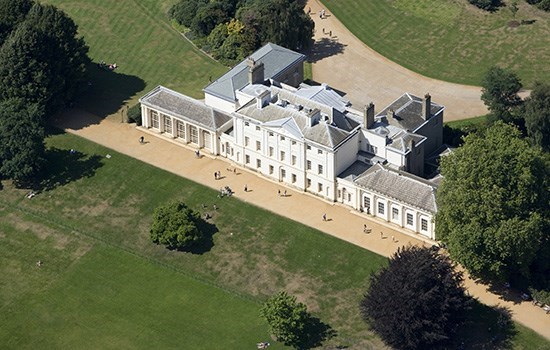
Description of Kenwood
Discover more about the architecture of Kenwood House, designed by Robert Adam.
-
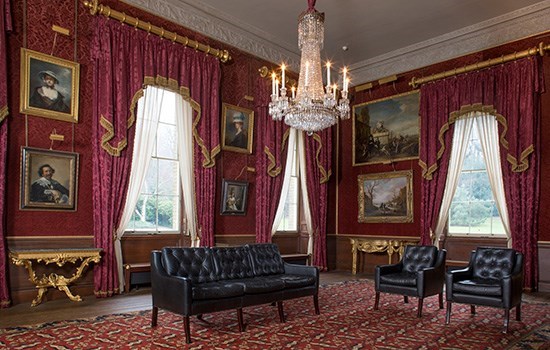
Research on Kenwood House
Learn how we know so much about Kenwood House and where we still have gaps in our knowledge.
-
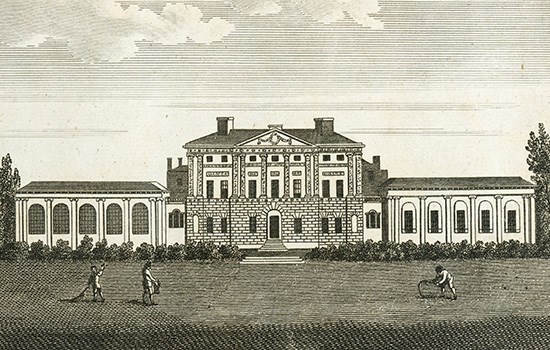
Sources for Kenwood
Use this summary of primary and secondary sources to find out more about Kenwood’s history.
-
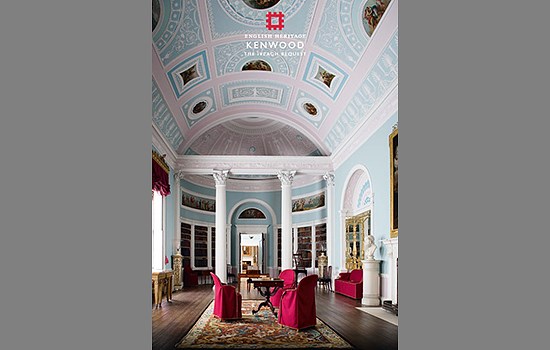
Buy the Guidebook
Learn more about Kenwood’s history with the official guidebook, which also includes a full tour of the house.
